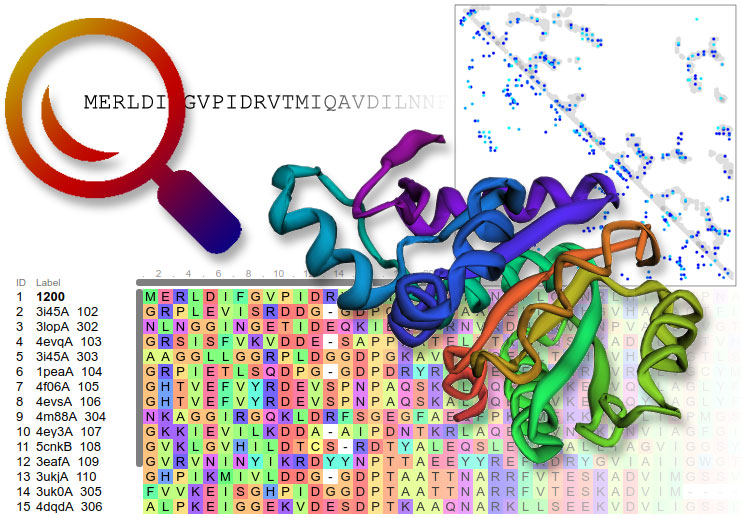Robetta is a protein structure prediction service that is continually evaluated through CAMEO

Features include relatively fast and accurate deep learning based methods, RoseTTAFold and TrRosetta, and an interactive submission interface that allows custom sequence alignments for homology modeling, constraints, local fragments, and more. It can model multi-chain complexes using RoseTTAFold (user must provide paired MSA) or comparative modeling (CM) and provides the option for large scale sampling. The CM method uses the PDB100 template database, which is updated weekly, a co-evolution based model database (MDB), and also provides the option for custom templates. Computing resources are provided by the Baker lab, HHMI's Janelia Research Campus, and by volunteers from the distributed computing project Rosetta@home. You can help this service by joining Rosetta@home.
For more information please visit our Frequently Asked Questions.
PDB templates last updated June 14 2024
Jobs queued: 0 active: 47
Users: 65459 Countries: 233 New users last week: 181 New jobs last week: 820 New final models last week: 3439
Last updated February 04 2025 23:00
Baker Lab | Rosetta@home | Contact | Terms of Service
©2025 University of Washington